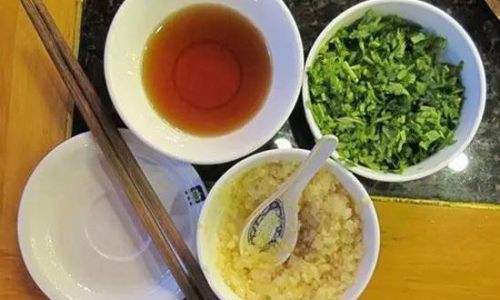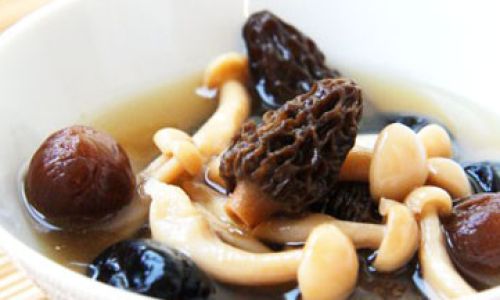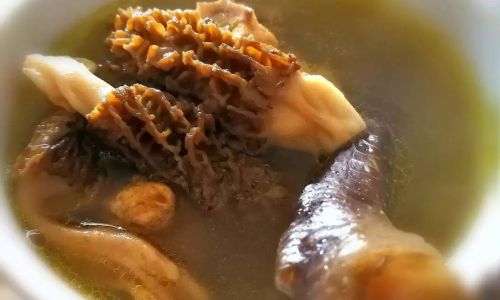Introduction

In the vast culinary landscape of global flavors, the humble oil dipping sauce, often referred to as an “oil dish” in certain culinary traditions, holds a unique and underappreciated place. While it may not be the flashiest or most complex dish, a well-crafted oil dipping sauce can elevate the simplest of meals to new heights of taste. From the fiery spices of Sichuan to the delicate herbs of Mediterranean cuisine, the versatility and potential of an oil dipping sauce are boundless. This article aims to delve into the intricacies of crafting a delicious oil dipping sauce, exploring various ingredients, techniques, and cultural influences that contribute to its appeal.
Understanding the Basics
Before diving into the myriad possibilities of flavor combinations, it’s crucial to grasp the foundational elements of an oil dipping sauce. At its core, an oil dipping sauce consists of a base oil, flavorings, and sometimes a liquid component such as vinegar or soy sauce. The base oil, typically a neutral-flavored oil like canola, grapeseed, or refined peanut oil, serves as the carrier for the flavors. It’s important to choose an oil with a high smoke point to ensure it doesn’t burn when heated, if that step is involved in your recipe.
Selecting the Right Oil
The choice of oil can significantly impact the final taste and texture of your dipping sauce. Neutral oils are preferred for their ability to blend seamlessly with other ingredients without overpowering the dish. However, for those seeking a more pronounced flavor, extra virgin olive oil, sesame oil, or even infused oils like chili oil can add depth and complexity.
- Olive Oil: Ideal for Mediterranean-inspired dips, extra virgin olive oil brings a fruity, slightly peppery flavor that pairs well with herbs and citrus.
- Sesame Oil: Used sparingly, sesame oil adds a nutty, aromatic richness that’s perfect for Asian-style dips.
- Chili Oil: Infused with red chili flakes or peppers, chili oil provides both heat and a subtle smokiness.
Flavor Profiles and Ingredients
The true magic of an oil dipping sauce lies in the flavorings. These can range from fresh herbs and spices to condiments and extracts, each contributing its unique character to the final dish.
Herbs and Spices
- Fresh Herbs: Parsley, cilantro, basil, and mint are versatile herbs that can add freshness and brightness to your dipping sauce. Finely chopped or torn, they release their aromatic oils when mixed with the base oil.
- Spices: Ground cumin, paprika, coriander, and garlic powder can be blended into the oil to create a warm, earthy backbone. For a more intense flavor, toast whole spices in a dry pan before grinding them.
- Citrus Zest and Juice: The acidity and aroma of lemon, lime, or orange zest and juice can balance out rich flavors and add a refreshing tang.
Condiments and Extracts
- Soy Sauce: A staple in Asian cuisines, soy sauce adds savory umami and a hint of saltiness. Light soy sauce is preferred for its milder flavor, while dark soy sauce can be used for a richer, deeper color.
- Sesame Paste (Tahini): In Mediterranean dips like hummus, tahini contributes a creamy texture and nutty flavor. It blends well with lemon juice and garlic to create a tangy, rich base.
- Hot Sauce or Chili Paste: For those who enjoy a bit of heat, adding a splash of hot sauce or a dollop of chili paste can elevate your dipping sauce to fiery heights.
Liquid Components

- Vinegar: Apple cider vinegar, rice vinegar, or balsamic vinegar can add acidity and complexity. Balsamic vinegar, in particular, offers a sweet-tart balance that pairs well with olive oil and herbs.
- Mirin or Rice Wine Vinegar: Used in Asian dips, these add a touch of sweetness and subtlety to balance out soy sauce and chili.
Cultural Influences and Variations
The art of crafting an oil dipping sauce is deeply intertwined with cultural traditions and regional preferences. From the fiery Sichuan oil dishes to the creamy, garlic-infused Greek tzatziki, each culture has its own unique interpretation.
Sichuan Oil Dipping Sauce
In Sichuan cuisine, oil dipping sauces are known for their fiery heat and complex flavors. The signature ingredient is chili oil, made by frying dried chili peppers in oil until fragrant and then blending with garlic, ginger, and Sichuan peppercorns. Sichuan peppercorns, with their unique citrusy, floral, and slightly numbing qualities, are what truly set these dips apart. Often, a splash of soy sauce, vinegar, and sugar is added to balance the heat and create a harmonious blend of flavors.
Greek Tzatziki
On the other side of the world, Greek tzatziki is a refreshing, yogurt-based dip that incorporates olive oil, garlic, cucumber, and dill. The yogurt provides a creamy texture, while the olive oil adds richness and depth. Garlic, cucumber, and dill bring freshness and a subtle herbal note. Tzatziki is traditionally served with grilled meats, vegetables, or pita bread, making it a versatile and beloved component of Greek cuisine.
Japanese Gyoza Dipping Sauce
Japanese gyoza dipping sauce, often made with a combination of soy sauce, rice vinegar, mirin, and sesame oil, is another example of how simple ingredients can create a deeply satisfying flavor. The balance of savory, sweet, and tangy elements makes it perfect for accompanying fried or steamed gyoza dumplings. Sometimes, grated ginger or finely chopped green onions are added for an extra layer of flavor.
Mediterranean Hummus
Hummus, a staple in Mediterranean diets, is a chickpea-based dip that’s often enhanced with tahini, lemon juice, garlic, and olive oil. The chickpeas provide protein and creaminess, while tahini adds richness and nutty flavor. Lemon juice and garlic bring acidity and pungency, and olive oil rounds out the dish with its smooth, buttery texture. Hummus can be varied with the addition of roasted red peppers, pine nuts, or even a drizzle of pomegranate molasses for a sweet-tart twist.

Thai Chili Dipping Sauce (Nam Pla Prik)
Thai chili dipping sauce, known as nam pla prik, is a fiery, tangy condiment that’s essential for many Thai dishes. Made with fish sauce (nam pla), lime juice, chili peppers, garlic, and sugar, it offers a burst of flavors that range from savory and sour to spicy and sweet. This sauce is often served with grilled meats, fresh vegetables, or spring rolls, adding a vibrant kick to every bite.
Creating Your Own Signature Dip
Now that you’ve explored the foundational elements and cultural variations of oil dipping sauces, it’s time to create your own signature dip. Start by selecting a base oil that appeals to you and consider the flavors you want to highlight. Are you looking for a fresh, tangy dip to complement seafood? Perhaps a blend of olive oil, lemon zest, and fresh dill would be perfect. Do you crave a rich, creamy dip for your vegetables? Tahini, garlic, and a touch of maple syrup might be the way to go.
Experimentation and Personalization
The beauty of crafting your own dipping sauce lies in the ability to experiment and personalize it to your taste preferences. Don’t be afraid to mix and match ingredients, adjust proportions, and even add unexpected elements like roasted nuts, honey, or a splash of liquor for an extra layer of complexity. Remember, the key to a successful dipping sauce is balance – too much of any one ingredient can overpower the dish, while just the right amount can create a harmonious blend of flavors.
Conclusion
In conclusion, the art of crafting a delicious oil dipping sauce is a journey of exploration, experimentation, and personalization. By understanding the foundational elements, embracing cultural influences, and daring to innovate, you can create dips that are as unique as your taste buds. Whether you’re looking to elevate a simple meal or impress your guests at a dinner party, a well-crafted oil dipping sauce is a surefire way to add a touch of magic to your culinary endeavors. So, gather your ingredients, roll up your sleeves, and embark on your own culinary adventure – the possibilities are endless.






0 comments